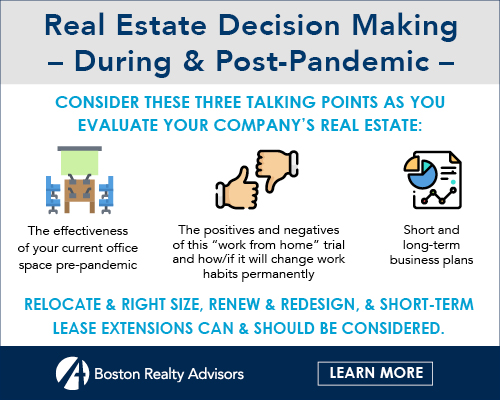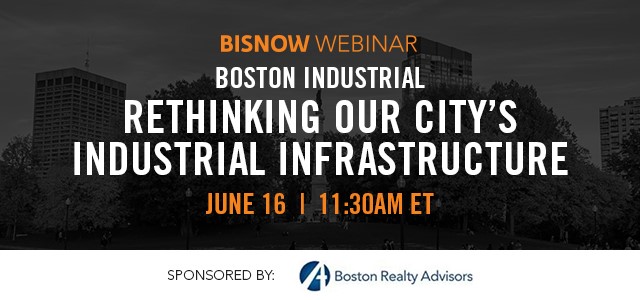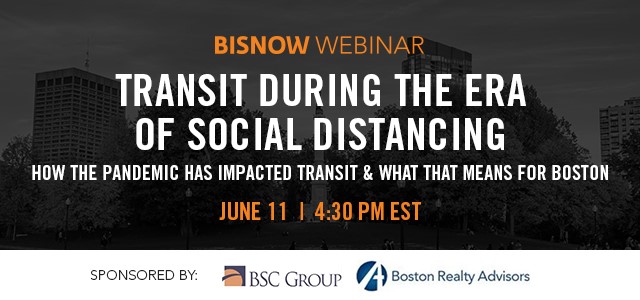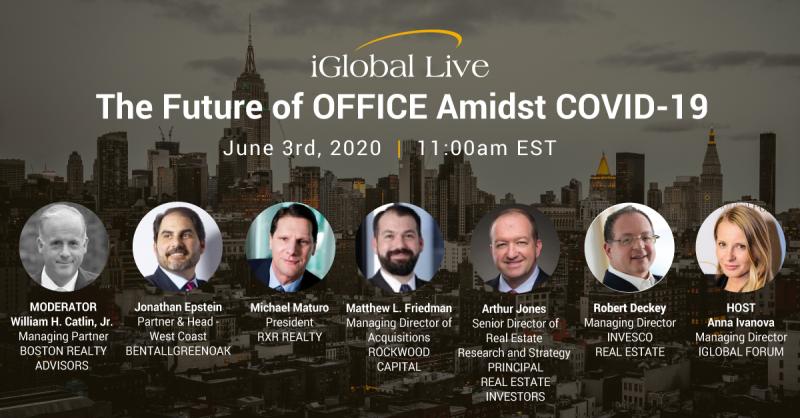By Dees Stribling | Bisnow |June 2, 2020
The long-term outlook for affordable housing depends on its location in walkable areas with access to transit that will take residents to their jobs: urban density, in other words, or at least a pocket of density around a transit node.
The pandemic has called that model into question, but in the long run, urban density will be resilient, Stantec Architecture Senior Associate Aeron Hodges said.
“One of the most frequent responses to the situation has been an aversion to density and urbanity, for understandable reasons,” Hodges said during Bisnow’s Re-Imagine Housing Affordability in a Post-Pandemic Boston webinar last week. “But cities will bounce back quickly, partly because of the infrastructure that is already in place.
“Humans are social creatures,” she added. “We’re drawn to each other. Density creates an energy chamber for innovation, for ideas that we are so much in need of.”
Transit will remain vital to the future of affordable housing, said Wandy Pascoal, the housing innovation design fellow for the Boston Society for Architecture and the city of Boston. Not just to provide access to employment and services, but as a factor in allowing more units in the same space.
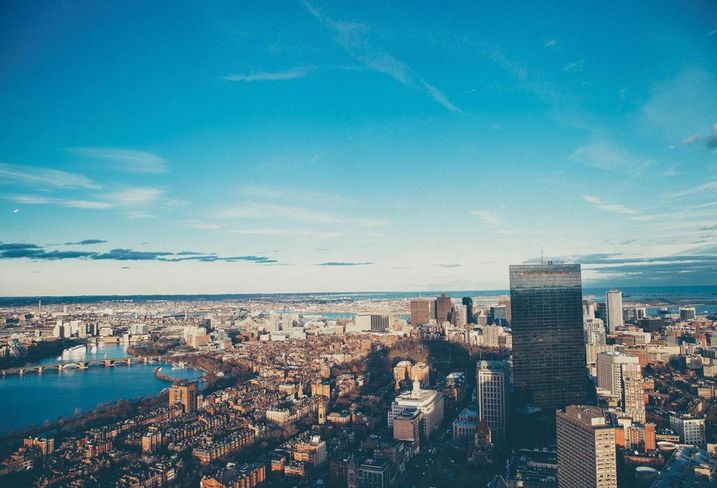
“A relatively small chunk of the cost can be lowered if we reduce the amount of parking that’s available, increasing the number of units that get built out,” she said. “That means for the overall development project, there is a reduced cost per unit.”
Reducing parking will also make Boston a more livable and walkable city, Pascoal said.
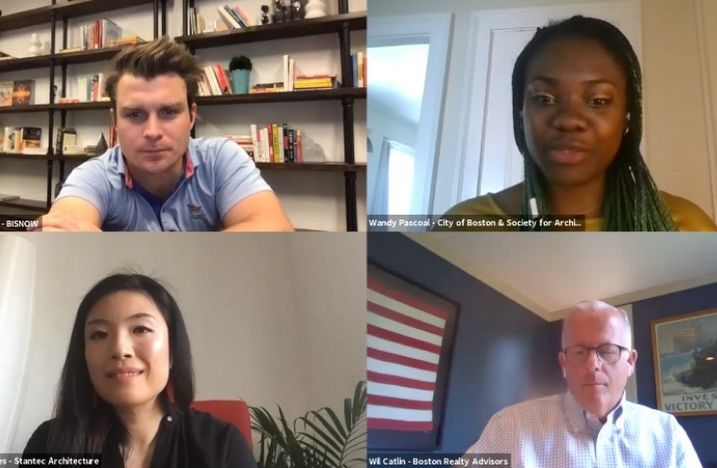
The speakers also said that effective development of affordable housing in Boston will depend on smaller unit sizes.
“Even before the pandemic, one of the things we were focusing on was compact living,” Hodges said. “It’s the idea of living small and sharing more. It’s not a typology for everybody, but there’s a huge demand for it among young people trying to land on their feet in the city.”
Both Pascoal and Hodges were involved with the recent Urban Housing Unit Roadshow, when a prototype of a 385 SF residential apartment was shown in six different Boston neighborhoods to receive input from the communities.
On the whole, they said input was positive, since the concept represents an opportunity to downsize and streamline one’s lifestyle in an affordable way, since as modular units, UHUs would be less expensive to build.
Young people were interested, but so were those looking to downsize after raising a family, Pascoal said.
“I met a 65-year-old from Roxbury who was enthusiastic about leaving her three-story Victorian house,” she said.
The speakers said that Boston could learn from small-unit designs in other parts of the world.
In Barcelona, for example, La Borda is a housing cooperative on public land, with a leasehold of 75 years. Built of cross-laminated timber around an atrium, which provides access to natural air, its units of about 450 SF rent for less than €800, much less than the city’s average, Pascoal said.




